Deep Fakes
November 3, 2021
Imagine you’re watching funny dog videos and see former President Barack Obama as your next video to watch. You click on it and see that Barack Obama called former President Donald Trump “a total and complete dip****.” As you see that, you may think, “Wow what a jerk!”
Deep fakes, also called synthetic media, gained its popularity by using existing photos or videos of famous celebrities like Emma Watson for example to replace the pictures or videos to the person’s liking. Causing the videos and images to be “Really realistic and intriguing but at the same time it’s really frightening,” said Supasorn Suwajanakorn, Computer Scientist and lecturer at VISTEC, a research institute in Thailand.
According to Suwajanakorn, “Fake videos can do a lot of damage even before anyone has a chance to verify.” It’s surprising to see that artificial intelligence can be used as a good thing to teach kids about history. But can also be misused and cause damage to private people and famous celebrities. Fake videos can be damaging and cause concern for people and because of this advanced technology you are able to make them with just your phone.
But how do you make these types of videos? “It’s actually extremely easy to make one of these things,” Jeremy Kahn, BloomBerg Tech Reporter said. Famous platforms like FakeApp, is an app that is popular for making deep fake videos. With just a click of a picture, and a click of a button, you have a fake video.

Another app that I have tried for myself and is getting popular on Tiktok called Reface. This app is also the same as FakeApp, where you can use a picture of yourself, click on a photo or small clip that you would like to be, then with just a click of a button you are now a different person. From my analysis of this app, I was surprised and also weirded out by it. You can see how real it looks and the way the face is portrayed really makes it look like it’s real.
Believing and not being able to detect deep fakes can cause danger and concerns. “It’s the danger that everyone is really afraid of.” Kahn said. With fake videos being hard to detect it would be very scary and also be frustrating on what to believe and what to know if something is real or not.
Still it’s difficult for people to tell that what they are watching is a fake video. There are now ways that people are trying to help and fight against these deep fakes. “With increasing capability comes increasing concerns.”BloomBerg narrator said. Deep fakes are now taken notice by the internet and the US Government. Twitter, banning fake videos off their platform. Facebook, creating a software to run through the fake videos and track their origin. Google and both political parties are finding ways to fight them.


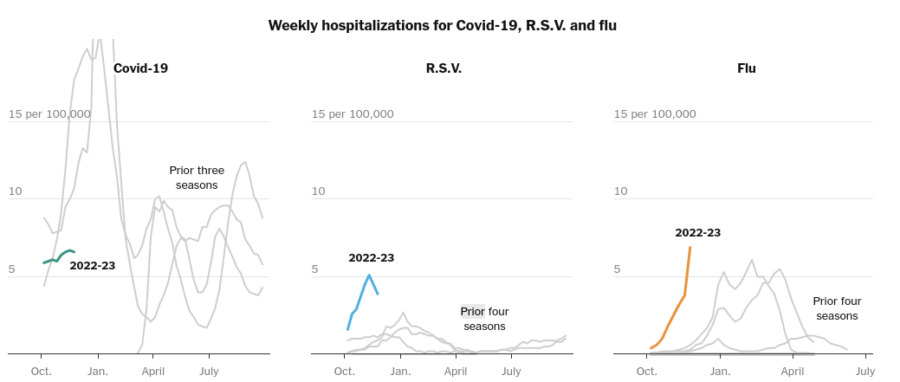
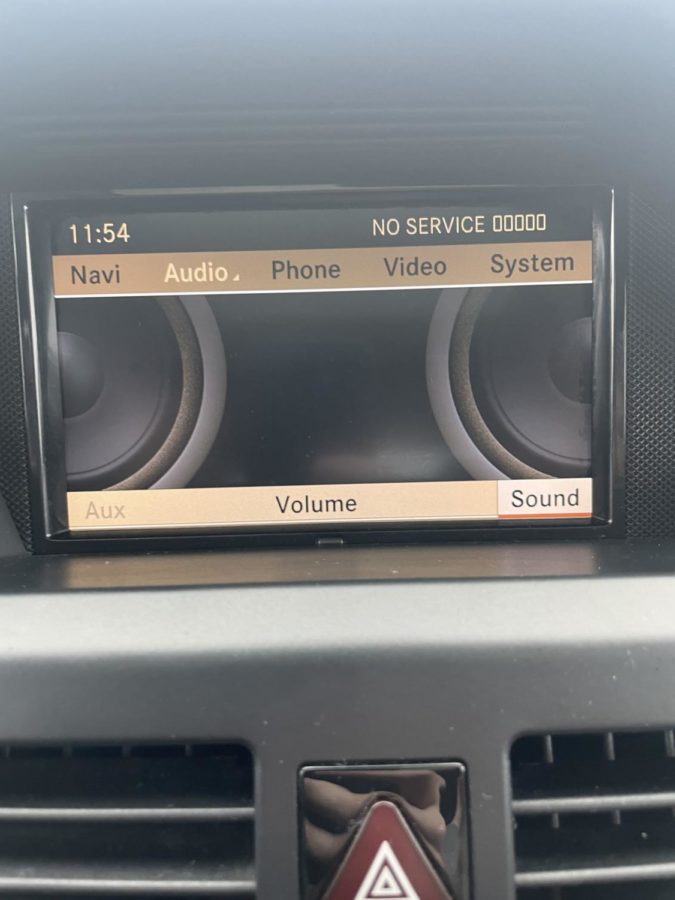
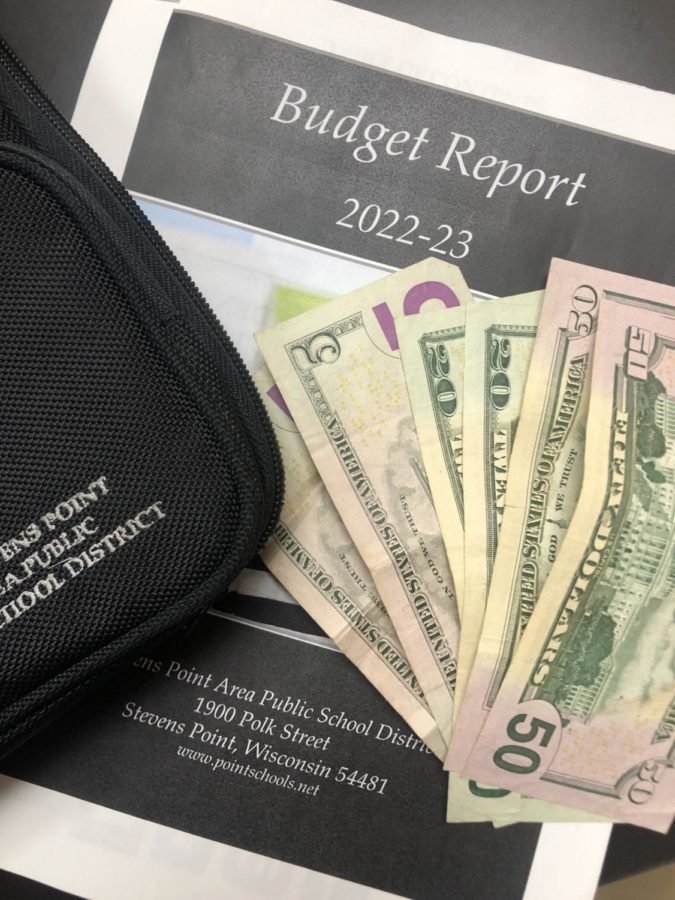




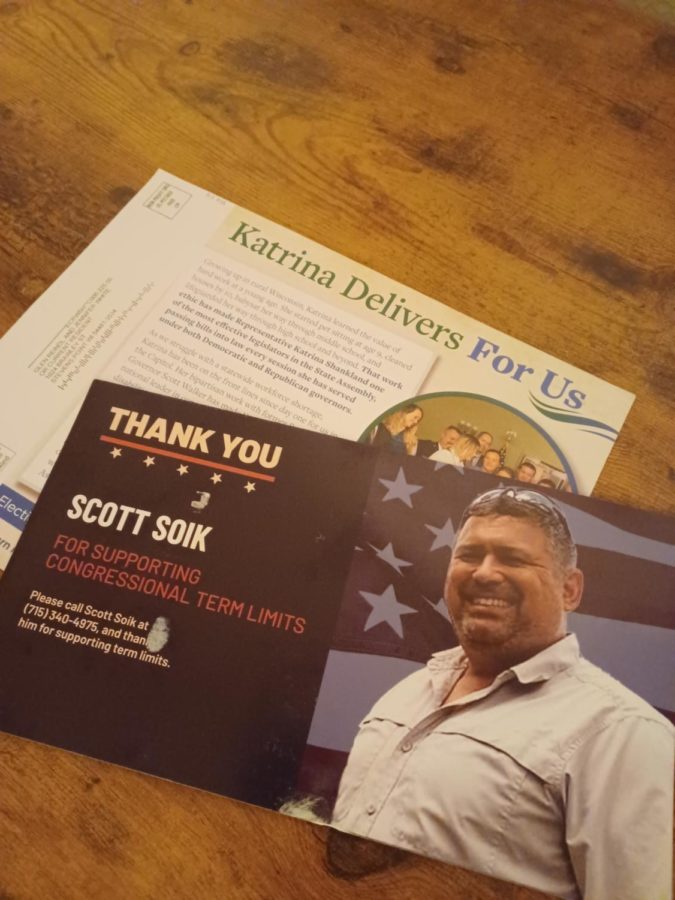
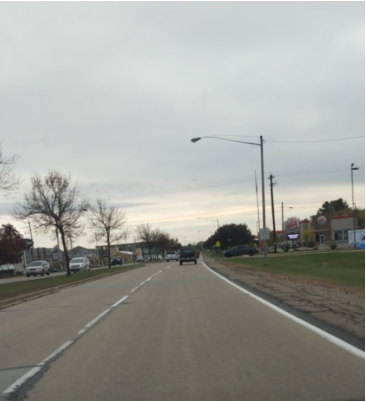



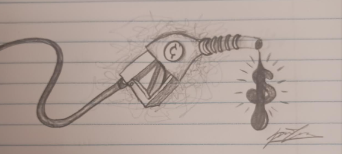
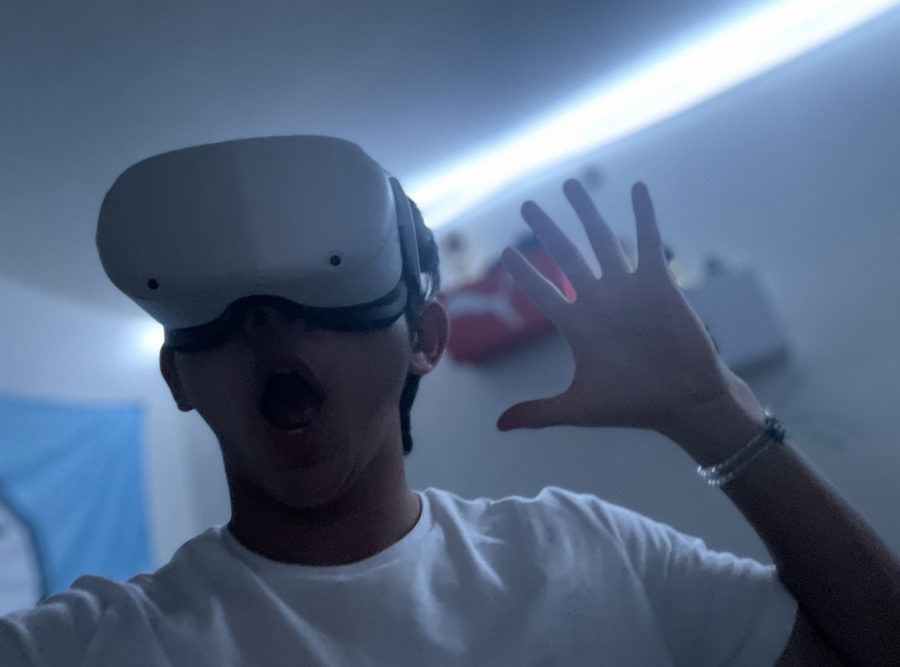

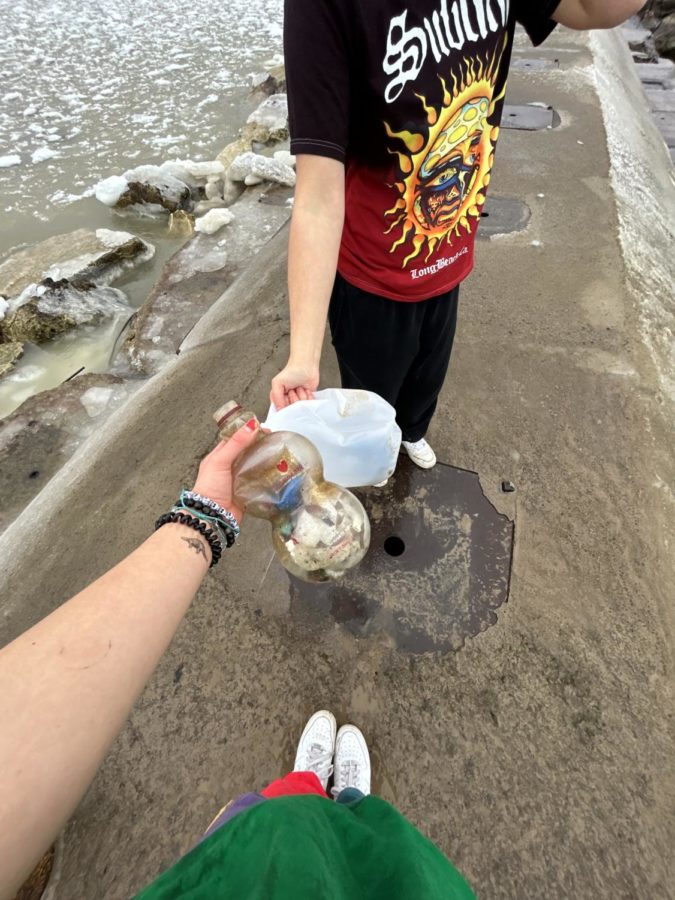
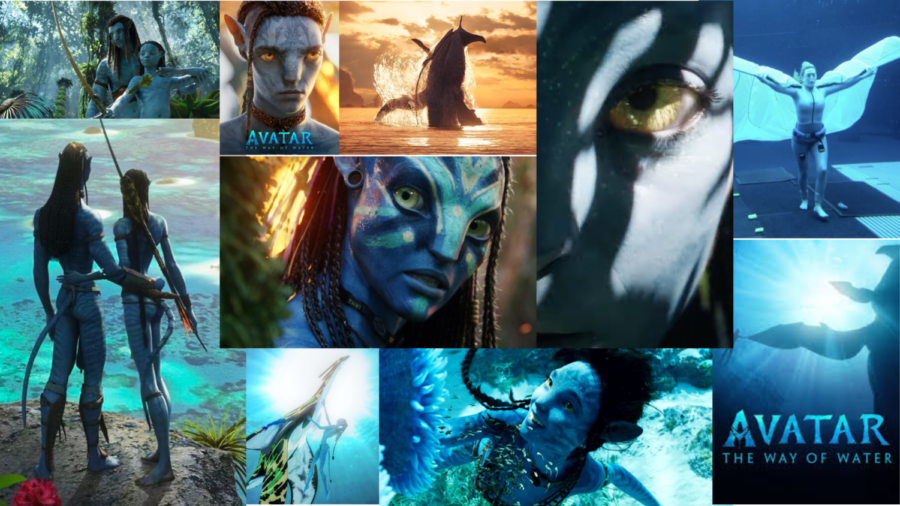




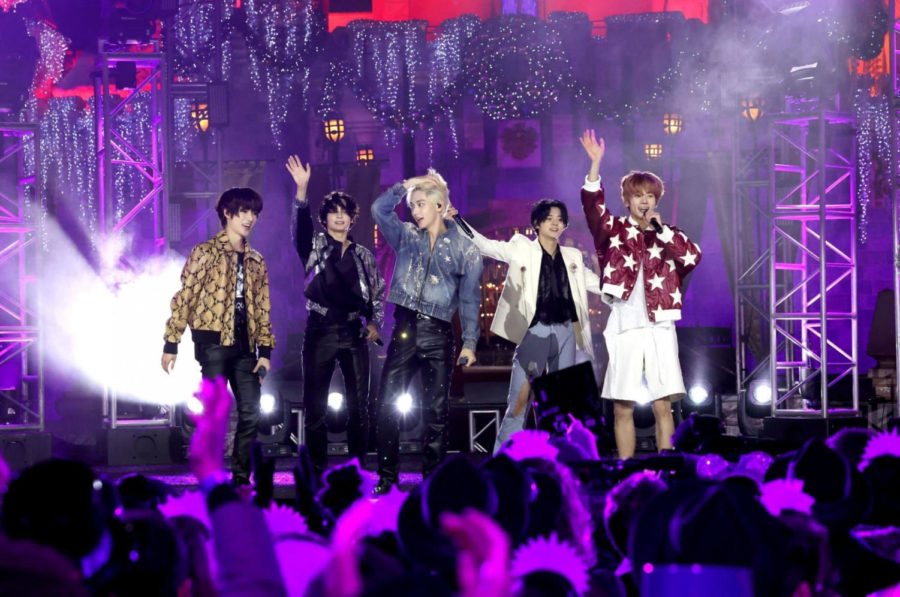

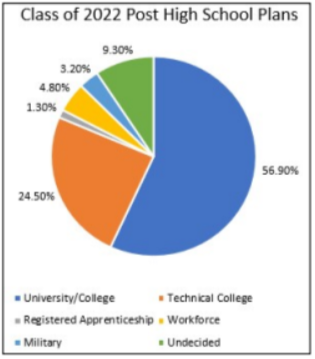
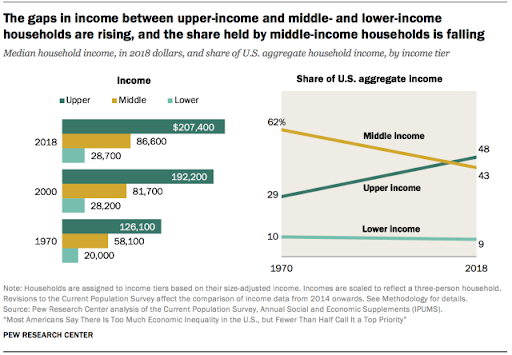
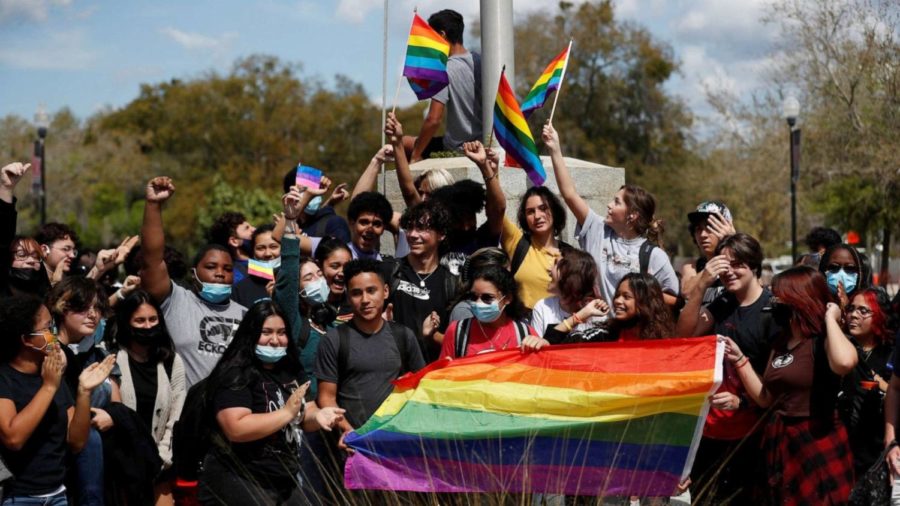
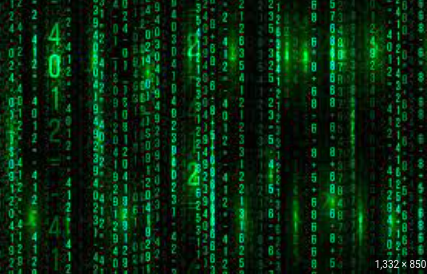
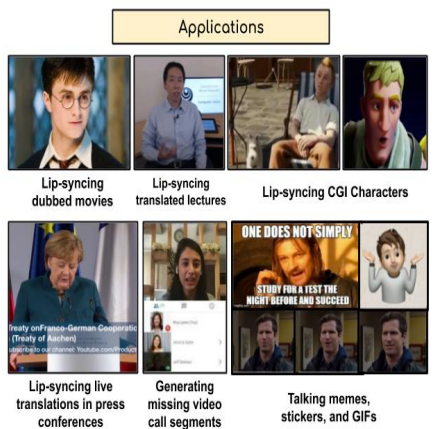
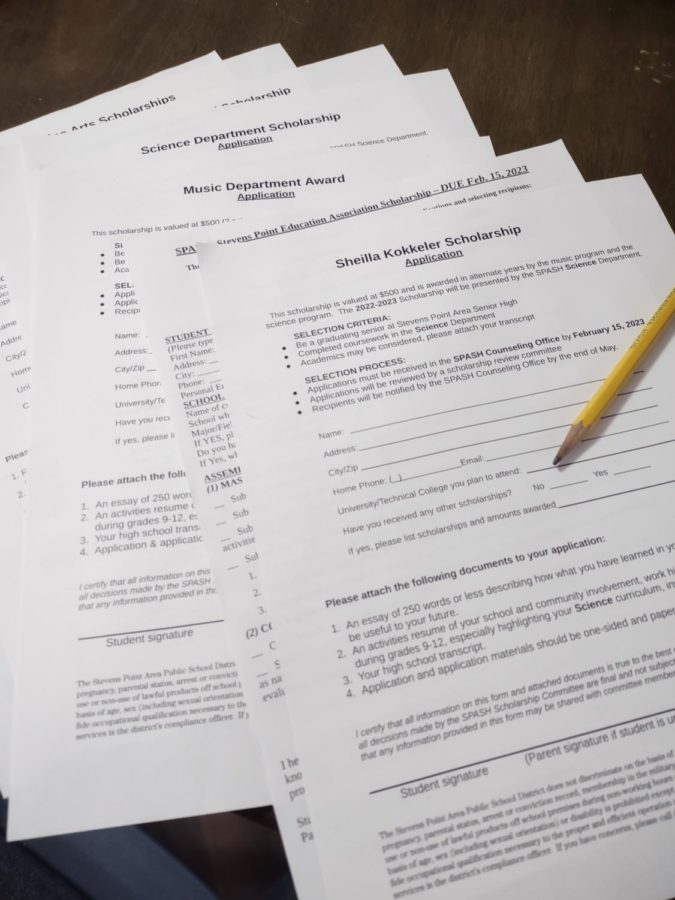


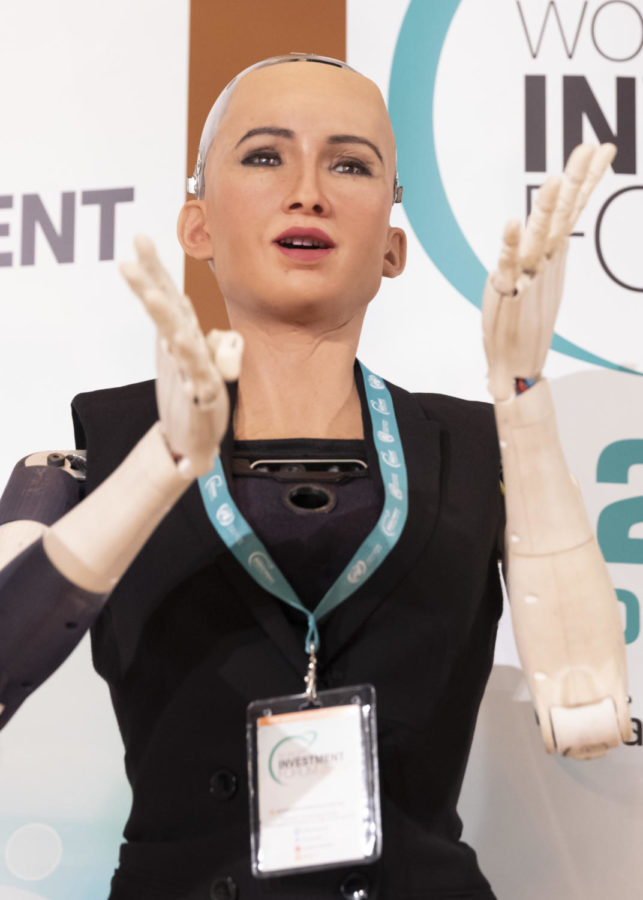
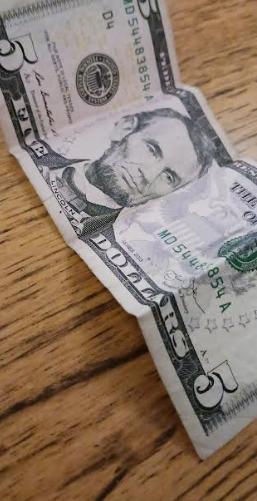
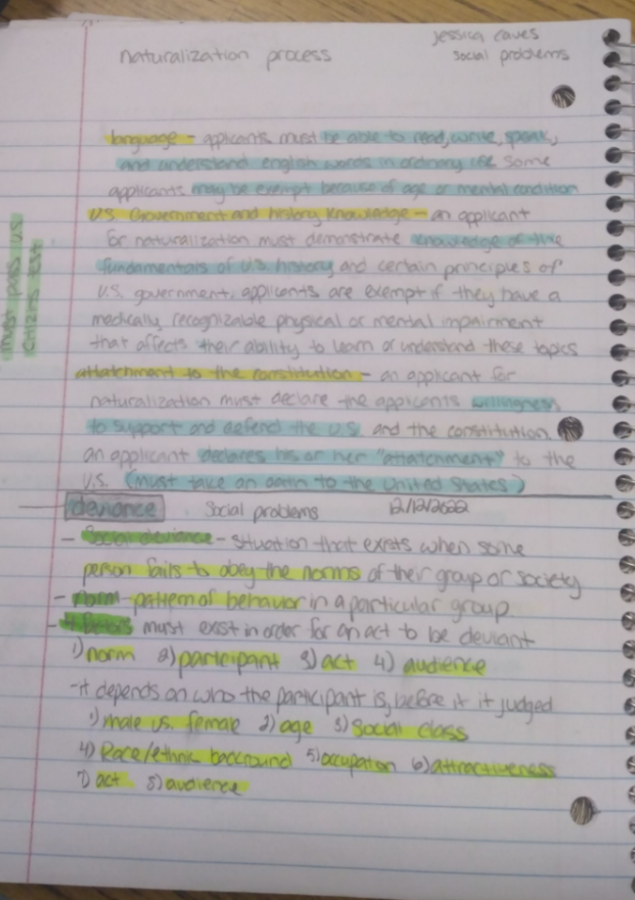
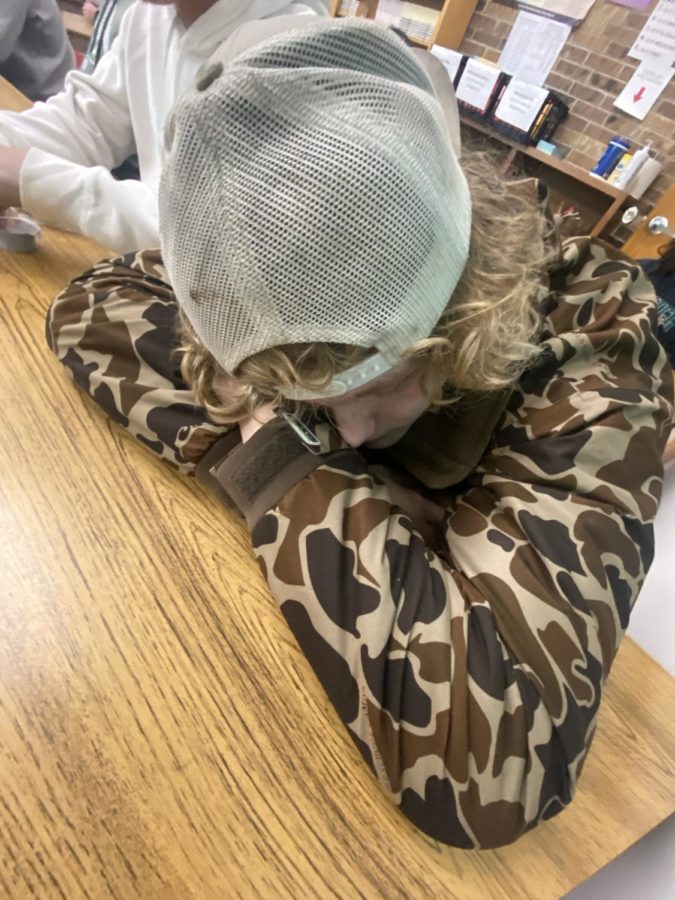


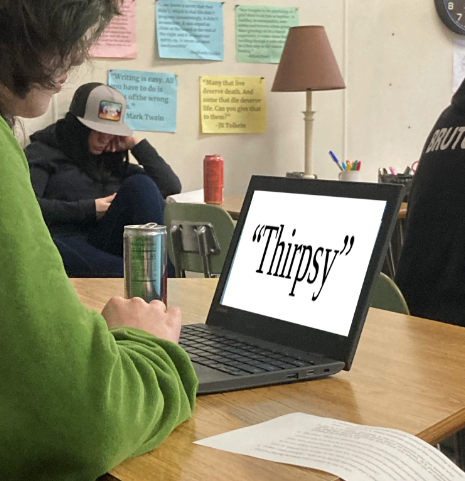







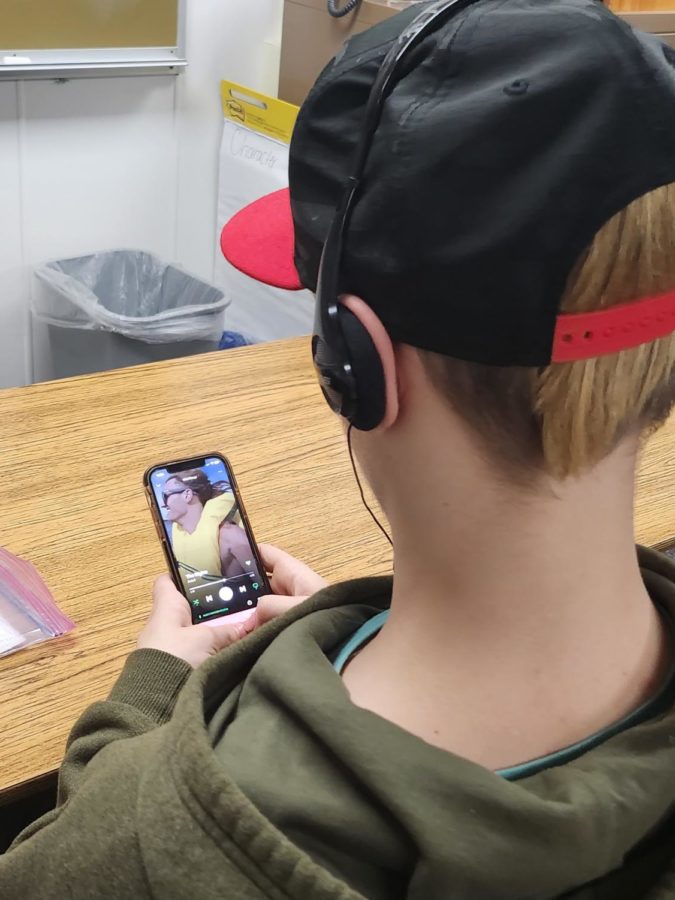

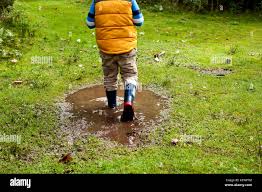
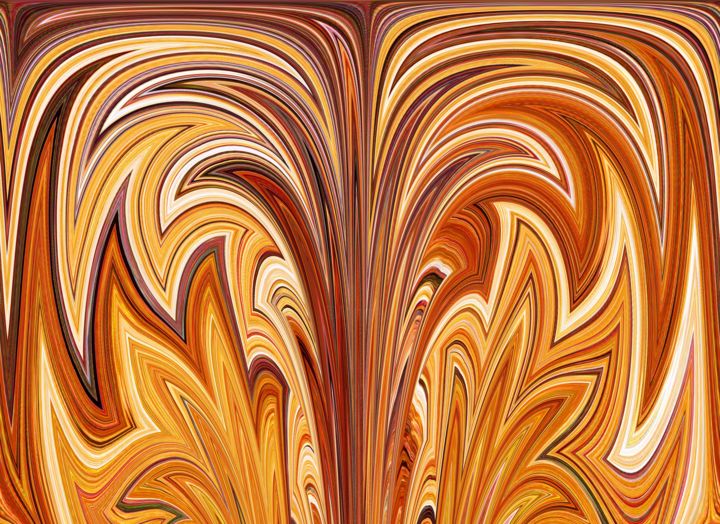





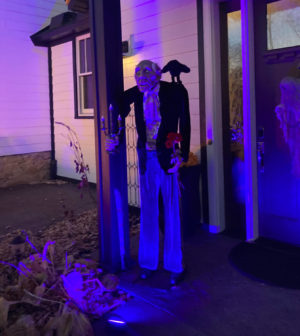



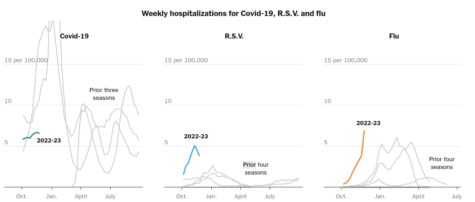
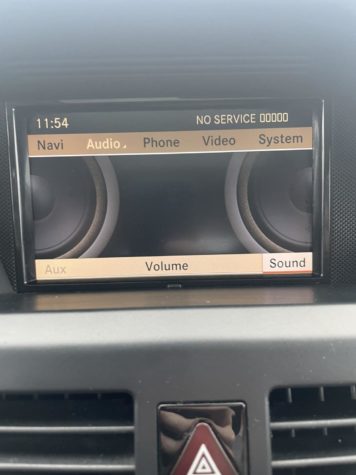


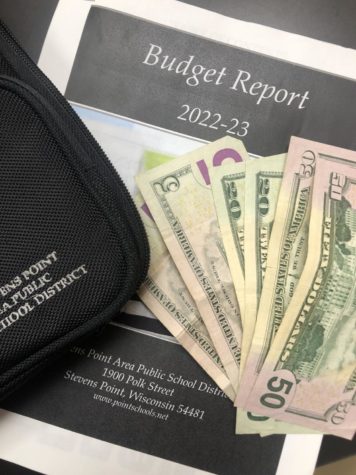
Justin • Nov 8, 2021 at 7:43 AM
The Article has a good structure, providing facts, and how deep fakes can impact people’s lives. It’s interesting to see how people use, and make these deep fakes.
Taigan • Nov 5, 2021 at 1:38 PM
Super interesting article that covers a lot of questions. Great quote from Supasorn Suwajanakorn. I wonder how much more realistic deep fakes can get?